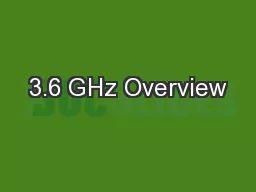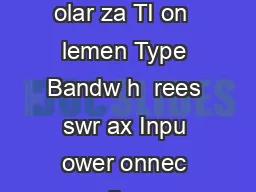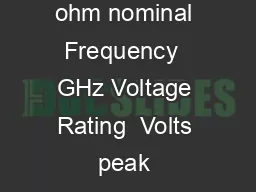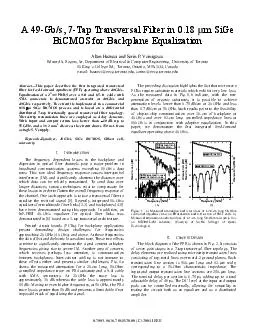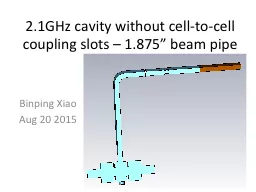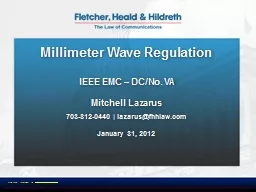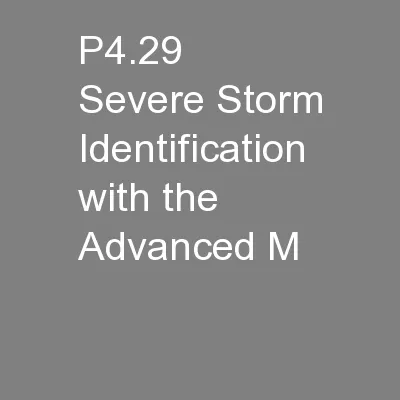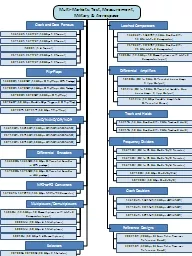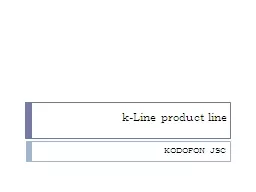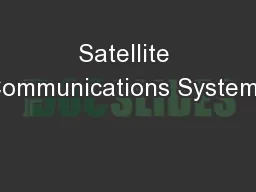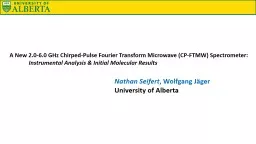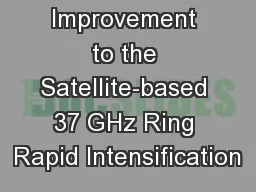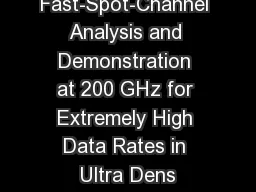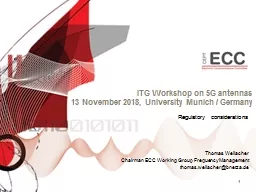PPT-3.6 GHz Overview
Author : trish-goza | Published Date : 2017-07-15
Andrew Clegg NSMA Spectrum Management 2015 May 19th 2015 Background US Authorizes ThreeTier Access in 35503700 MHz Band Citizens Broadband Radio Service CBRS rules
Presentation Embed Code
Download Presentation
Download Presentation The PPT/PDF document "3.6 GHz Overview" is the property of its rightful owner. Permission is granted to download and print the materials on this website for personal, non-commercial use only, and to display it on your personal computer provided you do not modify the materials and that you retain all copyright notices contained in the materials. By downloading content from our website, you accept the terms of this agreement.
3.6 GHz Overview: Transcript
Download Rules Of Document
"3.6 GHz Overview"The content belongs to its owner. You may download and print it for personal use, without modification, and keep all copyright notices. By downloading, you agree to these terms.
Related Documents

